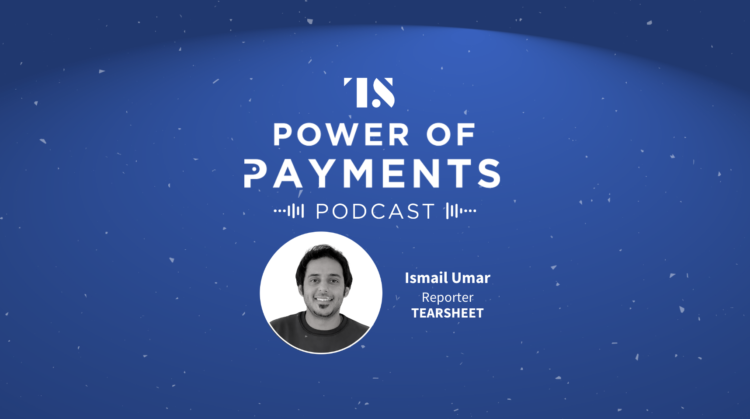Payments, Podcasts, Power of Payments Podcast
Power of Payments Ep. 9: Balance’s Bar Geron on why B2B payments are “stuck in the stone age”
- Bar Geron, co-founder and CEO of Israeli firm Balance, joins host Ismail Umar on this week’s podcast.
- He talks about the importance of bringing B2B payments online, BNPL for business, as well as other B2C trends that are slowly being adopted in B2B transactions.








